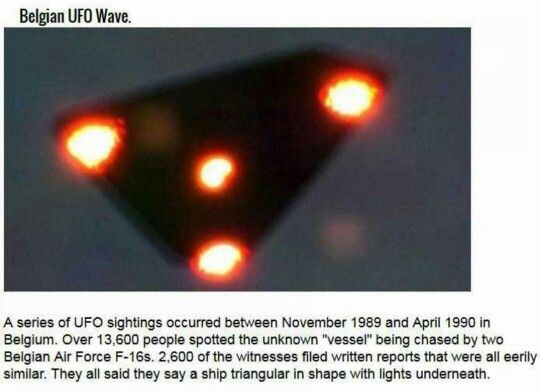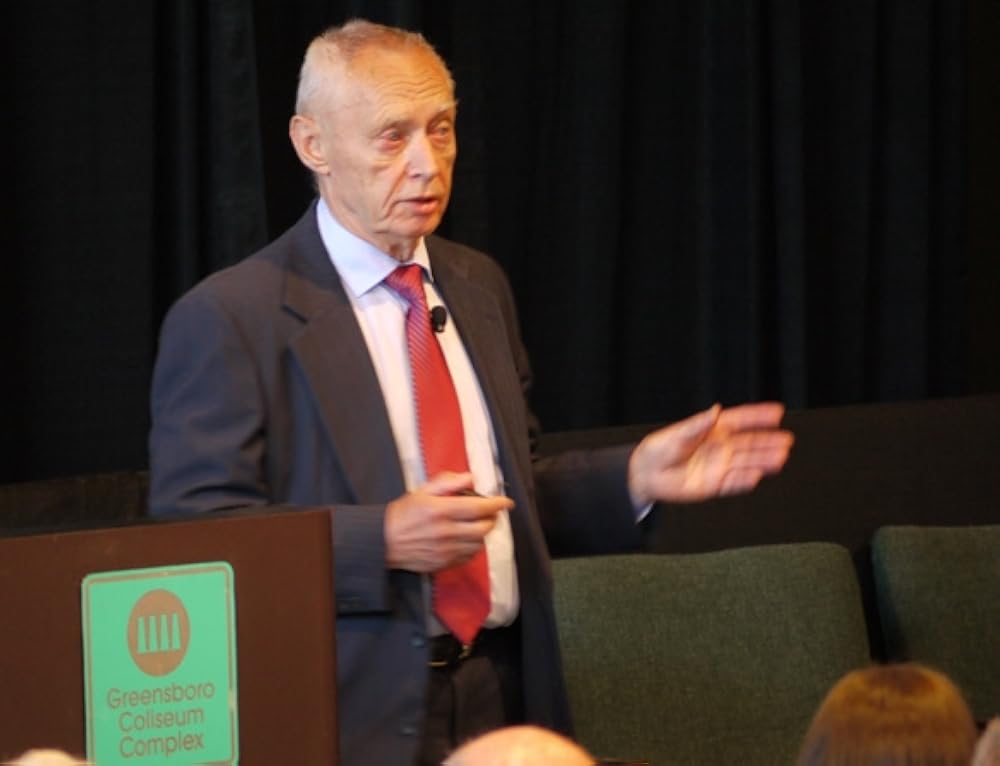Belgium has a rich history of UFO sightings, making it one of the most intriguing countries in Europe for UFO enthusiasts. The country gained international attention during the late 1980s and early 1990s due to a wave of sightings that remain unexplained to this day. These sightings involved numerous credible witnesses, including police officers and military personnel.
The Belgian government’s transparent approach to investigating these incidents set a precedent in the field of UFO research. In this article, we will explore the various sightings, government responses, and the broader implications of Belgium’s unique relationship with unidentified aerial phenomena (UAP).
From the famous Belgian UFO Wave to lesser-known encounters, this detailed examination will provide insight into why Belgium continues to be a focal point in the ongoing discussion about extraterrestrial life and unidentified flying objects. Prepare to dive into one of the most documented and fascinating UFO cases in European history.

Significant Encounters
Belgium’s UFO history is rich and well-documented, with numerous sightings capturing both national and international attention. These events have solidified Belgium’s reputation as a key location in the study of unidentified aerial phenomena (UAP). This section provides a detailed look at the most significant occurrences in Belgian UFO history.
The 1989 Eupen Sightings
The Belgian UFO wave began on November 29, 1989, near Eupen, a small town near the German border. Two police officers, Heinrich Nicoll and Hubert von Montigny, were patrolling the area when they observed an unusual, triangular object with bright lights hovering in the sky. The craft was silent, emitted no sound, and appeared to move effortlessly across the sky. The officers followed the object for over two hours, reporting their observations to their headquarters.
During this time, other witnesses, including civilians and military personnel, reported seeing similar triangular objects. The sightings weren’t confined to Eupen but spread across various regions of Belgium. The Belgian Air Force later acknowledged these reports but could not provide a concrete explanation for the phenomena. This event marked the start of the Belgian UFO wave, a period that saw an unprecedented number of UFO sightings throughout the country.
The 1989 Eupen sightings are significant not only for the number of witnesses but also for the consistency of the reports. Many described the object as a large, silent, triangular craft with bright lights at each corner. This consistency, coupled with the credibility of the witnesses, including police officers and military personnel, made the Eupen sightings one of the most well-documented UFO events in Belgian history.
The 1990 Belgian UFO Wave and Radar Incident
On the night of March 30-31, 1990, Belgium experienced one of the most well-known UFO incidents in history. Numerous witnesses across the country reported seeing large, triangular craft with bright lights, similar to those seen during the 1989 Eupen sightings. These sightings were so widespread and credible that the Belgian Air Force decided to intervene.
Two F-16 fighter jets were scrambled to intercept one of these objects. The jets’ radar systems locked onto the craft, which began to perform extraordinary maneuvers. The object accelerated at speeds exceeding 1,000 km/h (620 mph), and it executed sharp turns that would have subjected any human pilot to fatal levels of G-force. Despite the radar locks, the pilots could not visually confirm the object, which eventually disappeared from their instruments.
The Belgian Air Force later released the radar data to the public, sparking international interest. This transparency was unusual, as most governments at the time were secretive about UFO encounters. The incident remains one of the most credible UFO sightings due to the involvement of military personnel, radar data, and multiple witnesses across Belgium.
The 1991 Petit-Rechain Photograph
In April 1990, a Belgian man named Patrick M. captured one of the most iconic UFO photographs ever taken, near the village of Petit-Rechain. The photograph showed a large, triangular object with bright lights at each corner, perfectly fitting the descriptions of the UFOs seen during the Belgian wave. The image quickly gained worldwide attention and became synonymous with the Belgian UFO wave.
For over two decades, the photograph was considered one of the most compelling pieces of UFO evidence. However, in 2011, the photographer admitted that the image was a hoax. He revealed that he had created the image using a painted piece of styrofoam and had manipulated the photograph to give the impression of a glowing, triangular craft.
Despite the confession, the Petit-Rechain photograph had already left a lasting impact on the UFO community. It highlighted the challenges in verifying UFO evidence and underscored the importance of rigorous scientific investigation in the field of UFO research. The incident also demonstrated how a single piece of evidence, even if fabricated, can shape public perception of UFO phenomena.
These occurrences are among the most significant in Belgium’s history of UFO sightings. They have contributed to the country’s reputation as a key location for studying unexplained aerial phenomena and have attracted interest from UFO researchers around the world.
Public and Media Response to UFO Sightings in Belgium
The UFO sightings in Belgium during the late 1980s and early 1990s were remarkable for how they were received by the public, covered by the media, and addressed by the government. These events attracted widespread attention both nationally and internationally, leading to intense interest and debate.
Media Coverage and Public Interest
The Belgian UFO wave generated significant media coverage across various platforms. Major Belgian newspapers such as Le Soir and La Libre Belgique published detailed reports on the sightings, including interviews with witnesses and experts. National television networks, including RTBF and RTL, aired special programs and news segments dedicated to the sightings. These programs often featured interviews with credible witnesses, such as police officers and military personnel, which helped to legitimize the reports.
The media played a critical role in shaping public perception of the events. Television shows often presented both skeptical and open-minded views, which kept the public engaged and interested. This coverage spurred widespread public interest, with discussions about the sightings becoming common across Belgium. Public interest was also evident in the growth of local UFO research organizations, such as the Société Belge d’Etudes des Phénomènes Spatiaux (SOBEPS), which documented and analyzed the wave of sightings.
Government Response and Transparency
The Belgian government’s response to the UFO sightings was notable for its transparency, especially compared to how other countries have managed similar incidents. The Belgian Air Force took a leading role in investigating these sightings, particularly during the March 30-31, 1990 incident, when two F-16 fighter jets were scrambled to intercept an unidentified object. The government later released the radar data from this incident, an action that was unprecedented and helped build public trust.
Colonel Wilfried De Brouwer, who was the Chief of Operations of the Belgian Air Force at the time, held press conferences where he discussed the incidents openly. He confirmed the authenticity of the radar data and acknowledged that the maneuvers observed could not be explained by any known aircraft at the time. This transparency added significant credibility to the sightings and drew praise from UFO researchers around the world.

SOBEPS played a crucial role in investigating these events in collaboration with the Belgian Air Force. This partnership between civilian researchers and the military was rare and demonstrated the seriousness with which the Belgian government approached the UFO wave. Despite this, skepticism persisted, with some officials and media outlets proposing alternative explanations, such as atmospheric phenomena or misidentified aircraft. Nevertheless, the Belgian government’s handling of the situation remains a model of how to address UFO sightings with openness and credibility.
This balanced media coverage, coupled with the government’s transparent approach, helped elevate the Belgian UFO wave to international prominence. The multifaceted response provided a wealth of information and set a precedent for how UFO sightings could be handled with credibility and transparency.
